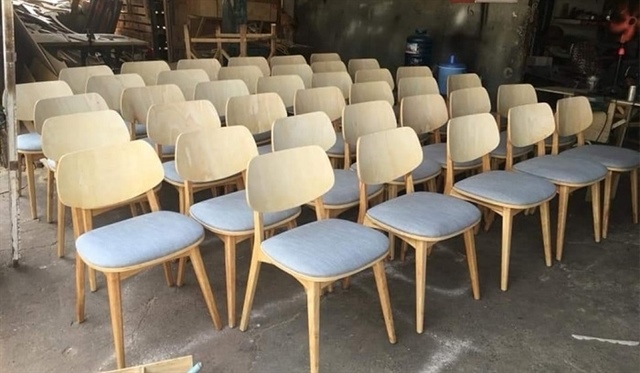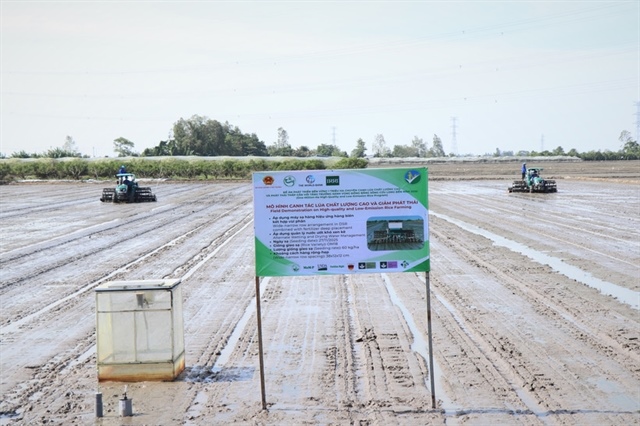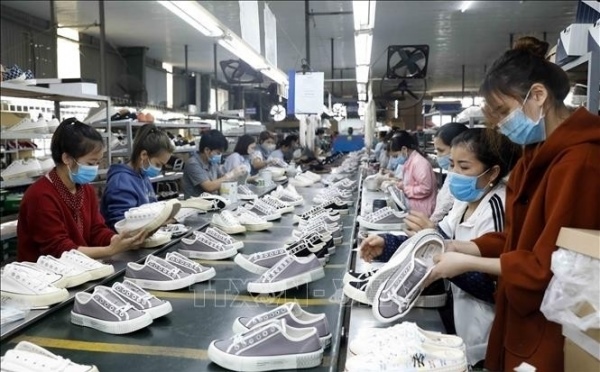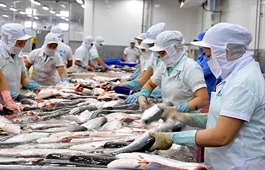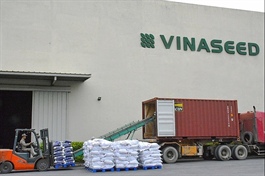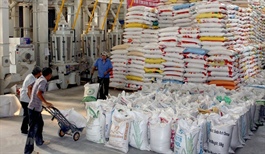Vietnam's export turnover of steel soars in 2020
Vietnam's export turnover of steel soars in 2020
Despite the COVID-19 pandemic, Vietnam exported 9.86 million tonnes of steel worth $5.26 billion in 2020, up 47.9 per cent on-year. However, the average selling price dropped by 15.5 per cent to $533 per tonne.
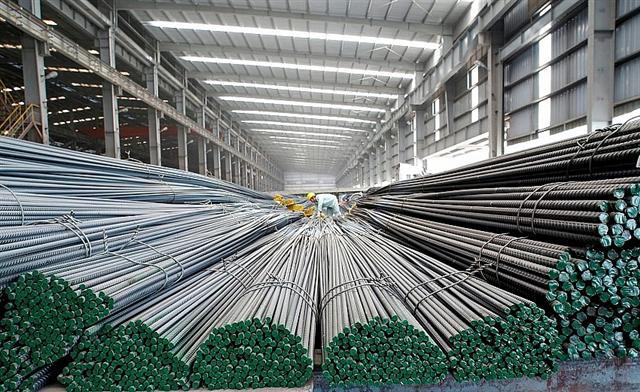
Vietnam reported tremendous export growth to China in 2020
|
According to statistics published by the General Department of Vietnam Customs, Vietnam exported 9.86 million tonnes of steel in 2020 and acquired $5.26 billion, signifying increases of 47.9 and 25 per cent on-year.
Among the 10 largest export markets, the export turnover to China, the Philippines, Taiwan, and India hiked by at least 30 per cent. Especially, a breakthrough was reported in trade performance with China.
China was the largest export market with the total export turnover of 3.54 million tonnes worth $1.48 billion, up 717 and 670 per cent compared to the figures for 2019.
Cambodia is the second-largest export market, however, the export value to this country plunged in 2020. Notably, the total steel exported to Cambodia was 1.56 million tonnes worth $840 million, with an 8 per cent drop in turnover and 7.5 per cent in selling price compared to year prior.
The third-largest market is Thailand with 675,482 tonnes worth $390.5 million, accounting for 7 per cent of the steel export turnover for the whole year.
According to a report by Vietnam Steel Association, in 2020 the steel industry still reported positive results in spite of being impacted by COVID-19.
Global steel demand will contract 6.4 per cent in 2020 as a direct result of COVID-19, according to the World Steel Association’s Short Range Outlook, but will bounce back in 2021.
The World Steel forecast is that 1.65 billion tonnes of crude steel will be produced this year and that production will increase by 3.8 per cent to 1.71 billion tonnes in 2021.
The forecast assumes that most countries’ lockdown measures continue to be eased during June and July, with social distancing controls remaining in place. It is also dependent upon major steelmaking economies not suffering from substantial secondary waves of the pandemic.


